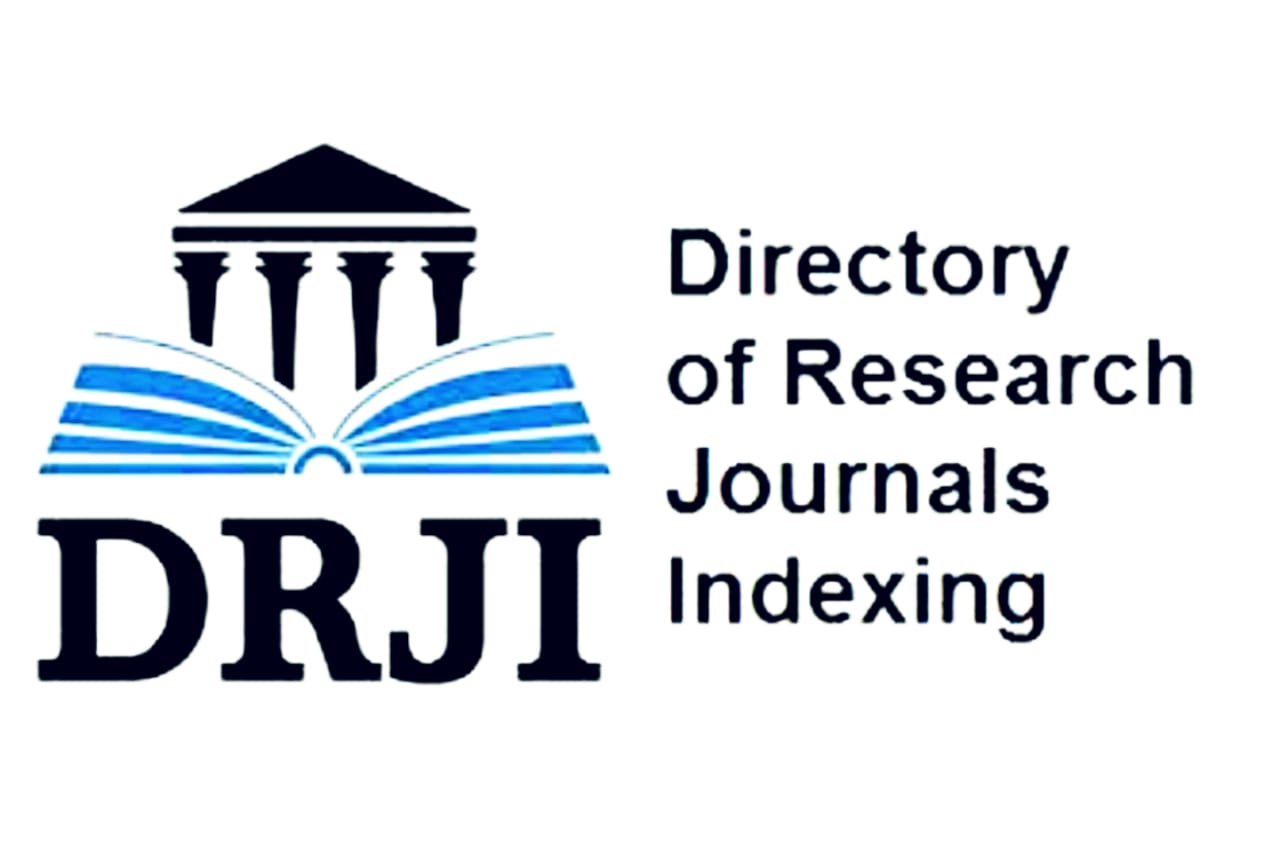Study of genetic effects of radiation pollution from contaminated territories on biota and human
DOI:
https://doi.org/10.26577/ijbch.2020.v13.i1.09Abstract
An important element of the set of works to determine the degree of impact of radiation contaminated territory on the environment and public health is the conduct of ecological-genetic and medical-biological research in the region. Current publication is based on the results of scientific research to analyze the current state of the habitat in radiation-contaminated territories. Genetic impact of the combined effect of radiation and non-radiation factors, unlike other mutagens, have not been studied sufficiently, and the results of this kind of research are rather contradictory. Industrial factors, the forceful action of full elementary evolutionary processes (mutational process, migration, isolation, etc.), can lead to qualitative transformations of the gene
pool of populations. The study of chromosomal aberrations in natural populations and the human body acquires a special practical and theoretical significance related to the influence of factors of the changing habitat. Research data obtained using modern physico-chemical (AA-spectrometry, radiology), cytological and molecular-genetic methods are presented wuth a complex of test systems in order to fully assess the effectiveness of the combined action of radiation and non-radiation factors. Observations in the field and lab facilitate establishing a previously unknown fact that complexes of soil animals with chronic irradiation with doses of 0.5-20 mSv/day experience clearly recorded oppression. Especially sensitive are earthworms Eisenia fetida. The quantitative dependence of the spectrum of structural and numerical aberrations of chromosomes was studied. The frequency of cells with chromosome aberrations averages 2.4%. Both structural (93.6%) and numerical aberrations (6.4%) of chromosomes were revealed. Among the cells with chromosome structure disorders, chromosomal type aberrations (67.04%) prevailed over chromatid (32.95%), which indicates a predominant radiation exposure.
Downloads
How to Cite
Issue
Section
License
ааа
















